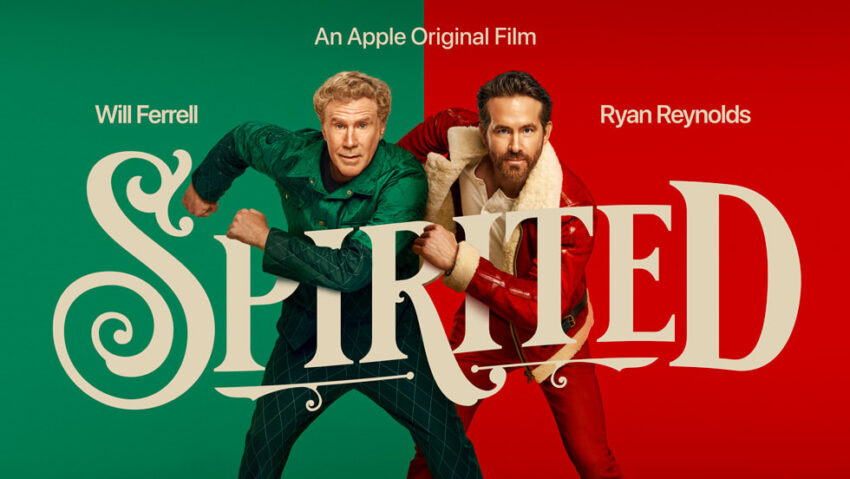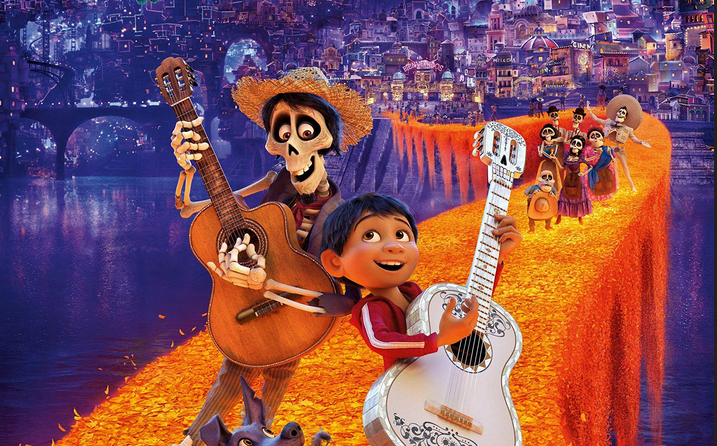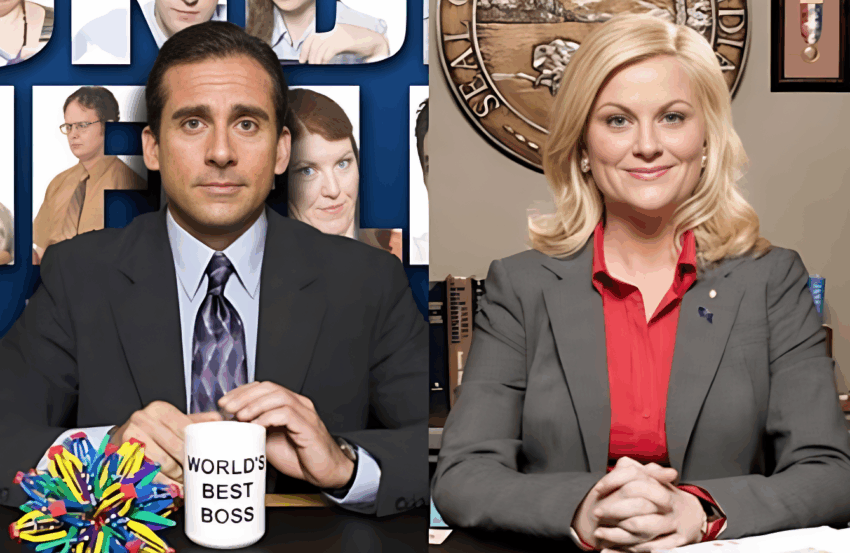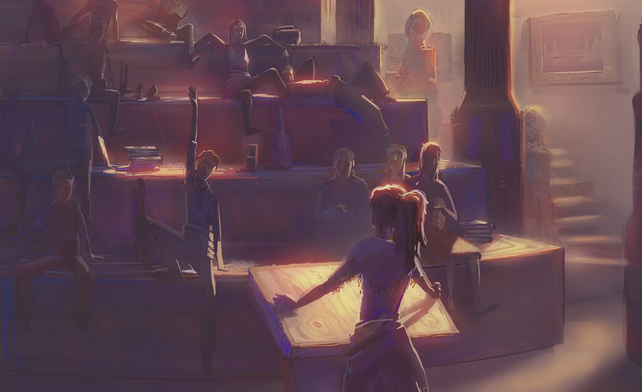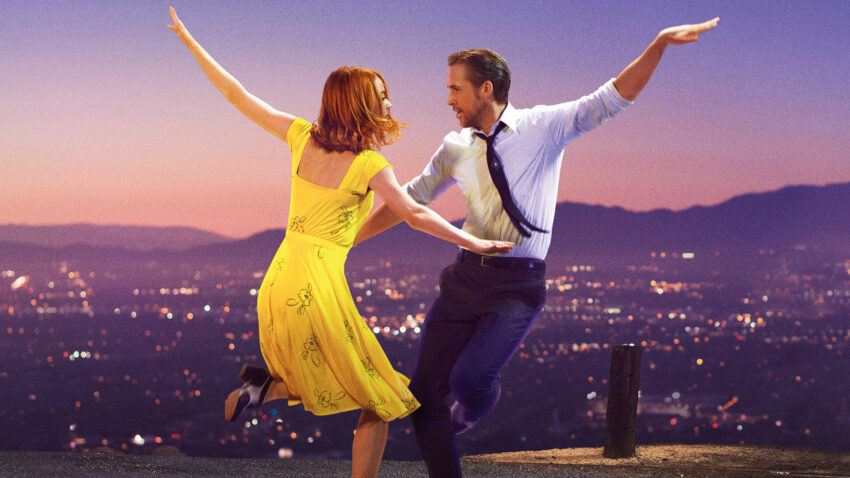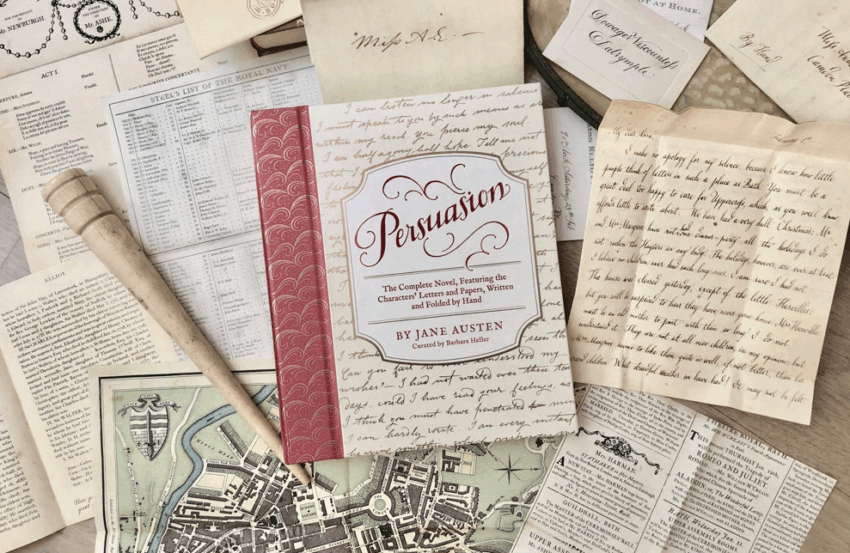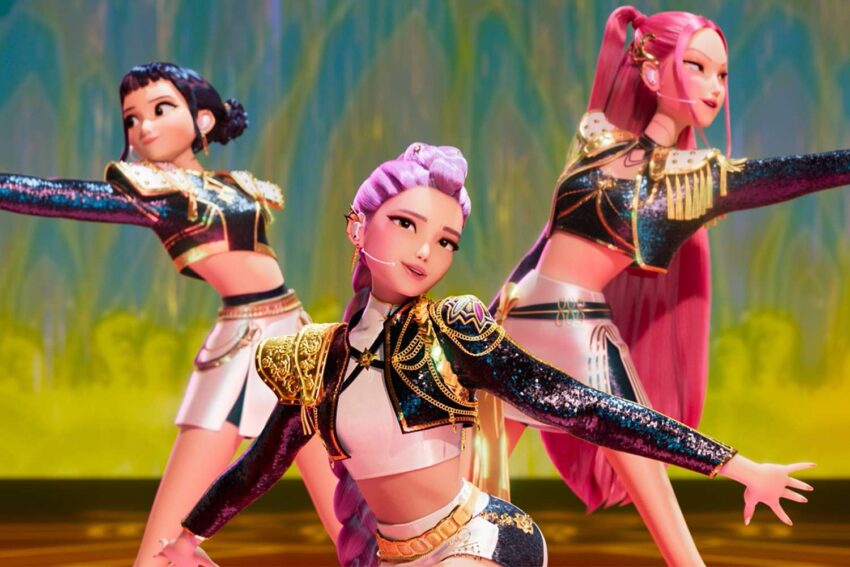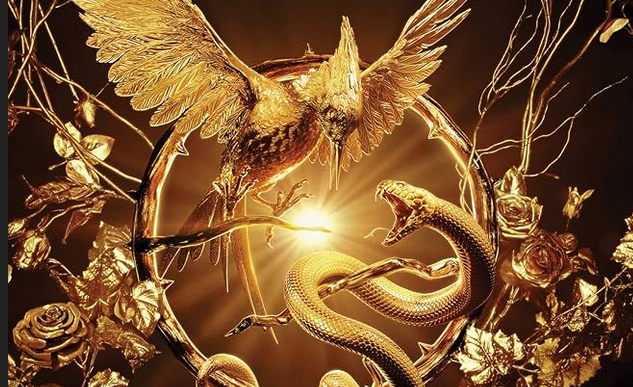There is a particularly thin line writers have to walk when venturing into the publishing industry. On one hand, their story has to fit into a genre. Writers have to come up with comp. titles and a trope list and all sorts of other materials to convince a publisher (or sometimes, their audience directly) that…
Author: Sophia Scudder
Coco: Worldbuilding without Info Dumping
Imagine you have a beautiful setting for your characters. You have the language, the culture, and even the currency all figured out for your brand new world. On the other hand, you have your story. Your characters are all fleshed out and you know exactly how the plot is going to play out. The only…
The Office Vs. Parks and Recreation: Two Ways to Make Your Annoying Character Endearing
You know those really annoying characters? They’re beyond ‘adorkable’ without being straight up evil, yet they always manage to say the wrong thing, always push everyone’s buttons, and always make the situation ten times more awkward. Those kinds of characters who, of course, mean well but can’t seem to get through a conversation without making…
A Study of Shattered Spells: How to Write Morally Gray Characters
Most stories show good vs. evil. There are the good guys who everyone loves and roots for, and the bad-guys who we long to see defeated. It’s meant to mirror reality and show us how we’re supposed to handle light and darkness in the real world. For ages, both in fiction and non-fiction writers have…
La La Land: How To Write Decisions That Hit Hard
Sometimes the struggles that your characters face don’t feel relevant. I don’t just mean the outward struggles like killing a dragon or withstanding physical torture, because hardly anyone can relate to something that drastic. I mean that those moments when your protagonist is forced to make a decision through tearful eyes aren’t any good if…
Persuasion: The Power of Character Relationships
The vast majority of romance novels — both historically and in the modern day — fall into the trap of only truly developing their main two protagonists. It’s easy to do, after all. In the end those two characters and the conflict between or around them are the only things driving the story, and their…
No Article This Friday (But new project coming soon!)
Hello, everyone! Unfortunately, we won’t be able to publish an article today. Both Mara and I are busy with the start of the new school year and want to keep refining our respective projects until they’re ready to be shared with you all. But, the good news is that school isn’t all we’ve been working…
Mean Girls: How to Write a Popular Antagonist
Everyone knows the stereotype: the trusted advisor haunts the corners of the throne room, whispering poisonous advice and plotting deadly conspiracies while being beloved and adored by all. The readers know they’re the villain, the protagonist often knows they’re the villain, but no one else seems to notice. And this trope isn’t just confined to…
K-pop Demon Hunters: How To Write For A Target Audience
At some point in your life as a writer, you will have to choose a target audience. If you plan to be published at some point, or even if you simply want your writing to be read by someone other than yourself, you have to know who you’re writing for. It’s impossible to appeal to…
Ballad of Songbirds and Snakes: How to Write an Unreliable Narrator
Most of the time, if you are reading a novel, you can trust whoever is telling you the story. Whether it be a character speaking from the first person, or an omniscient voice that whispers from the third, you believe everything they say because there is no other option. That character or that mysterious voice…

